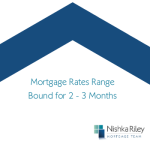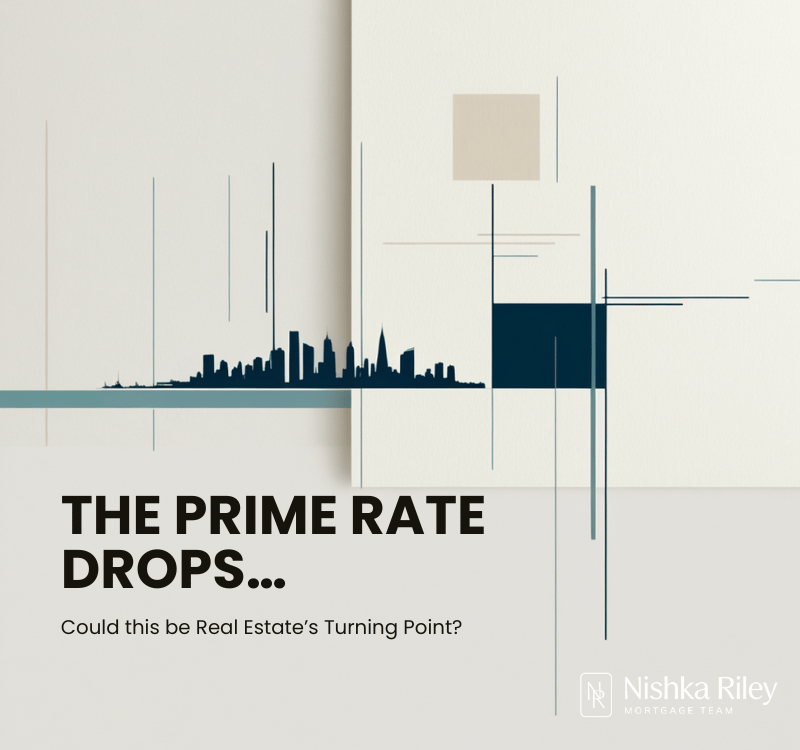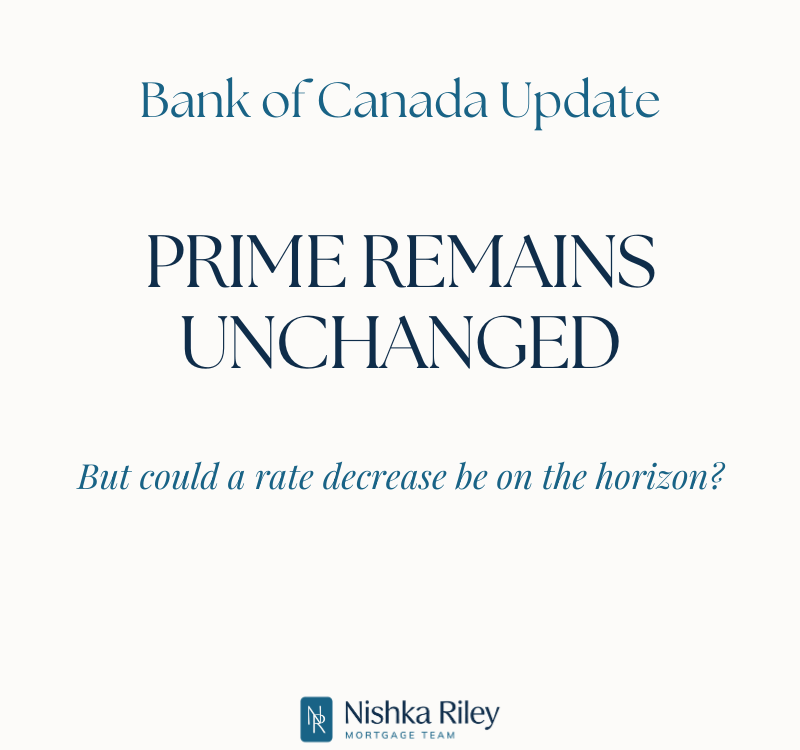
Rate Update – A New Year, A New Start, A New Hope
January 20, 2021
Rate Update – Inflation On The Horizon?
April 21, 2021The Bank of Canada ( BOC ) left the prime rate unchanged today and maintained their stance that they will keep the prime rate at this level until there are clear signs that we are well on the way to recovery.
To ensure we got the message, Governor Tiff also reaffirmed that the $4 billion per week bond buy back program will be going strong with no plans to stop until the coast is clear.
So the question is, if the Governor is still pumping so much money into the economy, why are fixed rates going up?
Scroll down to find out what’s going on with rates and what to do with your mortgage if you have a renewal or are planning on purchasing.
Key Points From The Bank of Canada Announcement
- Prime remains unchanged
- Bond buy back program still going strong
- Bond yields are rising due to improved outlook
- Commodities are getting stronger which is good for Canada
How Your Mortgage Is Impacted
- Bond Yields have increased to pre-COVID levels
- Fixed mortgage rates for 4 to 10 year terms rates are rising
- Rate holds available until just past Canada Day!
Understanding What Impacts Mortgage Rates
Before we dive into explaining where rates are going and what’s driving them, it’s time for a quick refresh on Mortgage Rates 101.
Mortgage rates are priced off 5 and 10 year bonds, and bonds are priced by investors “expectation” of where they think inflation will be heading. This section of the bond market is called the “long end of the curve” and is out of the BOC control. Prime rate and the 1 – 2 year rates are controlled by the Bank of Canada and the BOC makes their decision based on the economic data from the previous month / quarter. If you are following along, you’ll pick up that fixed rates are based on Wall/Bay Street guesses, and the prime rate is based on facts.
Lesson complete, now let’s apply it to the real world.
Over the past two weeks the “Street” has seen the following:
- The US approving a $1.9 Trillion stimulus package
- A Federal Reserve Chairman hint that he’s not concerned if inflation goes above 2%
- Businesses starting to rebuild their inventories
All of the above suggests that we can see the light at the end of the tunnel, and as a result, the bond market is selling off as everyone jumps on the stock market train in fear that inflation will eat up what little return bonds investors are earning these days.
Meanwhile, this is what the Bank of Canada sees:
- unemployment still at record highs
- a considerable amount of economic slack ( which means nobody is going to get a raise )
- an economy supported by real estate and some export demand
All of these items point to an economy that, with the slightest breeze of bad news, could face a setback.
It’s as if the “Street” and the BOC are looking at the “old lady / young lady” optical illusion. One sees beauty, the other sees the opposite.
So what does this mean for your mortgage?
The variable rate mortgage is now an attractive option. As mentioned in my last rate update, as rates start to climb, banks tend to start discounting their variable rate mortgages. As of right now, we are seeing between prime minus 0.8% to prime minus 1%. If the BOC is planning on keeping prime level until 2023, this could be an attractive option given that over the long term variable mortgages outperform.
If this is the lowest we’ll see rates should you consider a 10 year? The short answer to this question is NEVER. The reason is because the banks have a significant profit margin built in to ensure they aren’t left holding the bag if rates go up. Also, the penalty to breakout of a 10 year term during the first 5 years is significantly more than a 5 year fixed.
Should you consider refinancing your mortgage now and grabbing these low rates before they are gone? For one, I’m not so sure these rates will be gone. I think we are seeing a knee jerk reaction to the first positive economic news in over a year. However, in a rising interest rate market, there are some interesting opportunities that can be created by securing a rate hold now, and refinancing once rates have increased. If this is something you are considering, now is a great time to explore this option.
Will the real estate market come to a halt because rates are on the rise? I highly doubt it. Don’t forget that though rates have been low, all those new buyers out there still have to qualify at the stress test rate of 4.79%, which BTW, is a rate we have not seen in almost 12 years! These low rates may have gotten people excited, but we are a long way off from interest rates having an impact on qualifying. This market is really being driven by three factors, the need for more space, super low inventory and the freedom to live anywhere now that most people are working remotely.
The bottom line, we are going through a very normal phase of the interest rate cycle. The key to navigating the next phase is to work with an advisor who has been down this path before and can recognize the signs along the way.
To summarize … follow me, I know where I’m going because I’ve been here before!
Did you Like this post? Then you’ll Like my Facebook Page. It’s filled with current news on what’s going on in the world of real estate.





